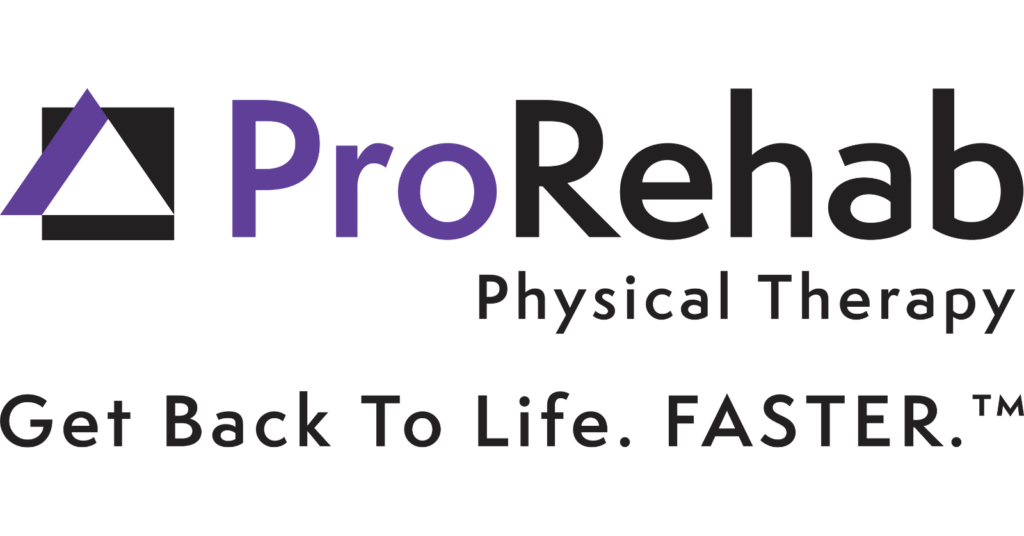Blood flow restriction involves the occlusion of circulation in a specific part of the body. This may or may not be harmful and occurs from something blocking an artery or vein. BFRT training was developed in the 1960s and aims to intentionally restrict circulation with a blood pressure cuff (or a similar cuff) to occlude artery circulation partially and vein circulation completely. With the circulation restriction applied, the patient would complete around twenty or thirty repetitions of an exercise at a low intensity. Low intensity exercises need to work about twenty percent of the maximum weight for that muscle. It normally takes around seventy percent of the maximum weight a muscle can lift to see strength gains.
How Does Blood Flow Restriction Training Work?
You may be wondering why restricting circulation helps strengthen muscles. BFRT training aims to increase protein synthesis and muscle bulk. When a muscle is temporarily deprived of oxygen, muscular growth hormone levels increase, which allows more protein creation on a cellular level. The same process occurs with high intensity exercise with no blood flow restriction because of similar levels of oxygen deprivation and stress. This principle allows muscle growth over time due to an optimal environment with growth hormone and protein synthesis. BFRT increases the stress within muscles, allows for further muscle breakdown with less intense exercise, and allows muscles to build back up stronger after the training.
Find Out If Physical Therapy Is Right For You
Schedule an appointment with a licensed physical therapist to help recover from your chronic pain through hands-on manual therapy.
Benefits Of Blood Flow Restriction Training
Blood flow restriction training is incredibly useful to simulate the benefits of higher intensity exercise with lower injury risk and less effort from the participant. Due to this technique of recreating oxygen deprivation similar to high-intensity exercise, people who are injured and trying to recover muscle strength are able to complete BFRT by accelerating their strength and not harming the tissue that is healing.
The most profound benefits of BFRT are improving strength and increasing muscle size with a low pain level. One month of training can actually increase muscle strength by twenty percent! These gains in strength are comparable to high-intensity strength exercises within the same time frame.
How A Physical Therapist Can Help
Physical therapists understand the benefits of blood flow restriction training due to their extensive training on the muscles and blood vessels in the human body. This training is highly useful for preventing profound muscle weakness while recovering from injury. This is especially useful after surgeries, accidents, and athletic injuries. Your physical therapist will use a specific method to determine how much pressure to put in the cuff to make sure you have the right amount of circulation for the effect.
An example of the use of BFRT in physical therapy is working with an athlete who had an ACL repair. The cuff should be placed around the thigh and the athlete would perform simple exercises that will not damage the repair but will produce strength improvements.
BFRT may be right for you if you have a long period of recovery after an injury and do not want to lose strength. In addition, if you are an athlete looking to perform better, your physical therapist may be able to help you strengthen any weak muscles that heighten your risk for injury. BFRT can help with injury prevention, improving athletic performance, and with injury recovery.



